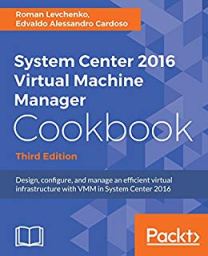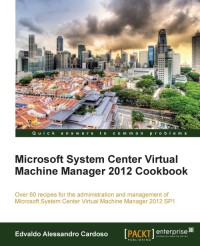Why your business need a strategic cloud roadmap
Adoption of the “public cloud” IT model is growing faster, not doubt about it. Now, when I talk with customers about cloud, instead of “if”, they now ask “how” and “where to”.
According to Cloud Industry Forum, satisfaction with cloud services is high at 94% and cloud adoption is happening successfully across all types and sizes of organisation across every industry sector.
It is also becoming evident that the short answer for a successful adoption, starts with a roadmap.
The roadmap should contain:
- The list of the strategic business priorities for the next years.
- A prioritised list of Initiatives/projects/opportunities with expected timeline
- Ownership, business sponsor
- Costs and
- High-level justification
More and more companies are looking forward to the cloud experience, as a way to drive the arrival of entirely new classes of automation, business innovation and competitive differentiation and of course, cost reduction.
Customer are realising the cloud is elastic, reliable, secure and can work on a OPEX model and no investment is needed in expensive hardware and better the IT don’t need to worry about server/storage maintenance and depending on the cloud model (PaaS/SaaS): patches, software upgrades, backups and other administrative tasks as the cloud provider would be able to offer/handle these entirety.
Cloud is affecting both IT and the LBDM as a whole and this new ethos requires their close alignment.
With Cloud, the steadiness between maintenance and innovation shifts and the new capabilities in the cloud make new kinds of powerful applications highly potential. Take the Microsoft PowerApps as an example: “Build apps that use device capabilities, including cameras, GPS, and pen control—without code. Connect to existing data sources and services—Excel files, SharePoint lists, CRM records, your custom APIs—to automatically generate a meaningful business app”.
A roadmap would help the IT Leadership to act more in line with the business strategy. It benefits both technology leaders and LBDM and encourages teamwork that results in true executive alignment on existing and new investments
Also, following the roadmap, an assessment for cloud migration at scale would involve looking at silos, current IT environment, applications and determining how it should be thought of in this new environment. Is further investment in certain technologies or applications reasonable? Should they be replaced/retired?
Many enterprises have held their technologies and applications for far too long without assigning to them a maintenance or retirement schedule. Therefore, for fear of complexity, lack of documentation, resources and many other reasons, some technologies and applications remain untouched. Even for technologies and applications that remain on-premises, modernization can save time and money.
Want to learn more about Cloud? Checkout my session at Innovation Days
Keynote Session: IaaS x PaaS : If you have been holding off on leveraging PaaS services, now is the time to revisit that decision. The modern cloud era is not IaaS-centric but modern app-centric. The latest Total Economic Impact Study by Forrester Consulting shows that migrating to PaaS from IaaS result in a 466% return on investment. For customers migrating from on-premises environments to PaaS, the return on investment can be even greater. Time to market also improved by as much as fifty percent, because of the efficiency and speed of deploying applications with PaaS services.
Are you interested in learn how you can drive application innovation and reduce costs, then this session is for you!
Note: A series of White Papers based on the Research are available free of charge from the Cloud Industry Forum website (www.cloudindustryforum.org).



